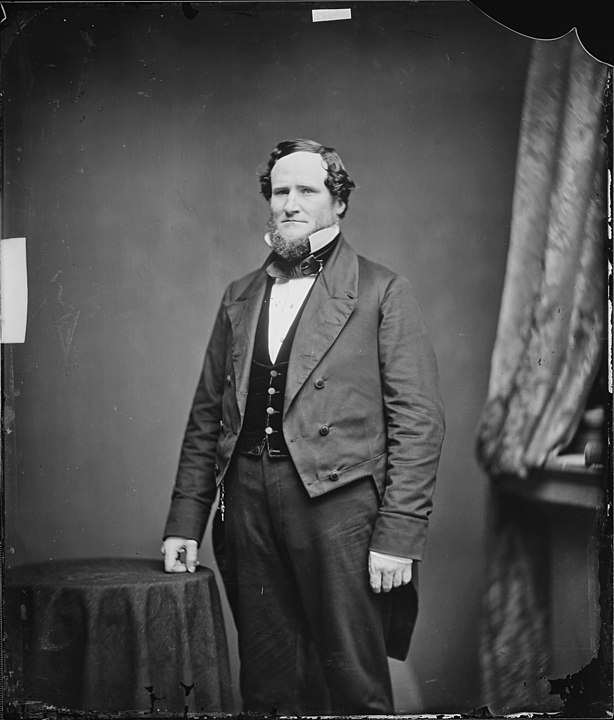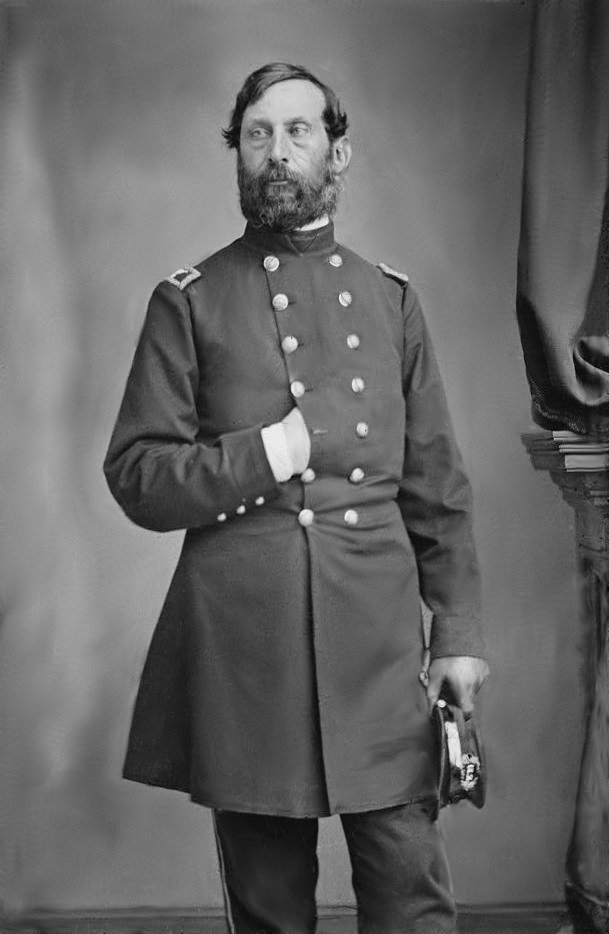The battle involved the first major opposed river crossing in American military history
One of the interesting facts about the Battle of Fredericksburg is that the battle involved the first major opposed river crossing in American military history. Before dawn on December 11, Union engineers began assembling six pontoon bridges: two just north of the town center, a third on the southern edge of town, and three further south, near the confluence of the Rappahannock and Deep Run. Confederate sharpshooters, largely from the Mississippi brigade of Brig. Gen. William Barksdale, who was in command of the town defenses, opened fire on the engineers building the bridge just across from the city. Union artillery tried to dislodge the sharpshooters, but their positions in home cellars rendered the 150-gun bombardment relatively ineffectual. Brig. Gen. Henry J. Hunt, Burnside's artillery commander, eventually persuaded him to send infantry landing parties over on pontoon boats to capture a tiny bridgehead and defeat the sharpshooters.
Col. Norman J. Hall offered his brigade for this task. Burnside abruptly became hesitant, lamenting to Hall in front of his soldiers that the attempt would entail death for the majority of those who would embark on the expedition. Burnside relented after his men reacted to Hall's appeal with three cheers. At 3:00 p.m., the Union artillery began a pre-battle bombardment, and 135 infantrymen from the 7th Michigan and the 19th Massachusetts hurried onto the tiny boats, followed shortly by the 20th Massachusetts. Despite the fact that some Confederates surrendered, fighting continued through the town as the bridges were being built. Sumner's Right Grand Division started crossing at 4:30 p.m., but the majority of his troops did not cross until December 12. Hooker's Center Grand Division used both the northern and southern bridges to cross on December 13.











